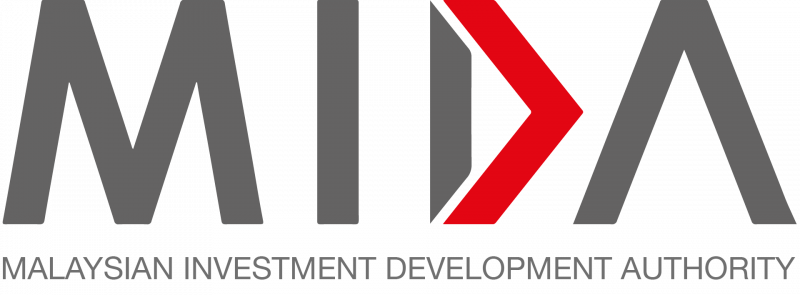Stepping up the RE push
15 Feb 2025
Recent RE initiatives present compelling opportunities for players in the sector However, policy clarity and investor confidence are needed to attract long-term capital for RE projects
MALAYSIA is moving in the right direction when it comes to its renewable energy (RE) initiatives but to fully realise its RE potential, it must improve on policy clarity and investor confidence to attract long-term capital for RE projects.
The country also needs to modernise the grid to accommodate decentralised solar and largescale renewables, expand regional energy interconnectivity and enhance local energy storage and digital grid solutions to ensure reliability and efficiency.
Professor Lee Poh Seng, executive director of the Energy Studies Institute at the National University of Singapore (NUS), says Malaysia can become a key player in South-east Asia’s clean energy transition if it addresses all these matters.
The Energy Transition and Water Transformation Ministry announced a slew of initiatives recently, including the Community Renewable Energy Aggregation Mechanism (Cream), large-scale solar six (LSS6), as well as an upcoming Energy
Storage Systems (ESS) bidding round.
These initiatives are in line with the country’s overall aim of achieving 70% RE capacity by 2050.
Datuk Chow Pui Hee, the group managing director of clean energy services and solutions provider Samaiden Group Bhd, says the government’s commitment towards 70% net-zero emissions is evident in the series of initiatives rolled out in recent years.
These include an expanded Net Energy Metering quota, the Cross Border Electricity Supply programme, the Corporate Renewable Energy Supply Scheme, and key LSS programmes such as LSS5, LSS5+, FIT 2.0, and Battery Energy Storage Systems (Bess).
“Together, these initiatives present compelling opportunities for players in the renewable energy sector,” she says.
Chow says the company’s involvement in LSS projects positions it for “solid growth” in the years ahead.
“The upcoming LSS6, with a bidding round set for the second quarter of 2025, is poised to further expand solar capacity, and
Samaiden stands to benefit, given our track record,” she adds.
Challenges aplenty
NUS’ Lee reckons Malaysia is making commendable progress in its RE transition, and these new programmes reflect a well-structured approach.
The Cream initiative, for instance, promotes rooftop solar aggregation, while LSS6 continues to expand Malaysia’s largescale solar capacity, he notes.
Samaiden’s Chow says Cream offers “new opportunities for renewable energy access”.
“We are actively collaborating with property developers to leverage rooftop spaces for solar energy generation, offering both investment and installation opportunities,” she says.
The ESS bidding round is also a vital step in addressing grid intermittency and enhancing energy resilience.
Lee reckons Malaysia’s approach towards RE is slightly different from Singapore’s.
Malaysia benefits from vast land availability and natural resources, allowing it to scale up solar, hydro and biomass energy projects, while Singapore has significant constraints due to land scarcity.
Consequently, Singapore relies on regional RE imports, whereby it is developing cross-border electricity trading with Malaysia, Indonesia and Laos, and floating solar farms where it already has a 60MWP floating solar farm at Tengeh Reservoir.
Singapore also has green data centres and battery storage and smart grids with the Singapore Energy Market Authority heavily investing in energy storage solutions and digital grid management, Lee says.
“In contrast, Malaysia has the potential to become a regional
RE leader, especially with its LSS and hydro resources. However, its ability to scale up RE will depend on grid modernisation, policy stability and investments in energy storage.”
Under the LSS initiatives, for instance, there will be continuous cost reduction through economies of scale.
As seen in LSS5, competitive bidding lowers solar power generation costs.
There is also the scalability, Lee says with LSS6 being able to add substantial capacity to the grid, helping Malaysia reach its RE targets.
Nevertheless, there are pitfalls.
Lee says identifying large tracts of land for solar projects may conflict with agriculture and conservation efforts.
There are also project delays and financing risks in each project as large-scale infrastructure projects often face bureaucratic hurdles, delays and financing challenges.
Likewise, for ESS, he says there is also the high capital cost to consider as such investments require significant funding, which may deter smaller investors.
Additionally, there will likely be technology maturity and lifecycle issues such as battery degradation, recycling concerns and evolving storage technologies that can pose uncertainties.
Cream, he notes, is a novel approach to aggregating residential rooftop solar for corporate and local consumers, but coordinating leasing agreements between homeowners and developers may be challenging.
Another challenge may involve grid integration as managing multiple small-scale distributed solar producers may require enhanced grid infrastructure.
Source: The Star


